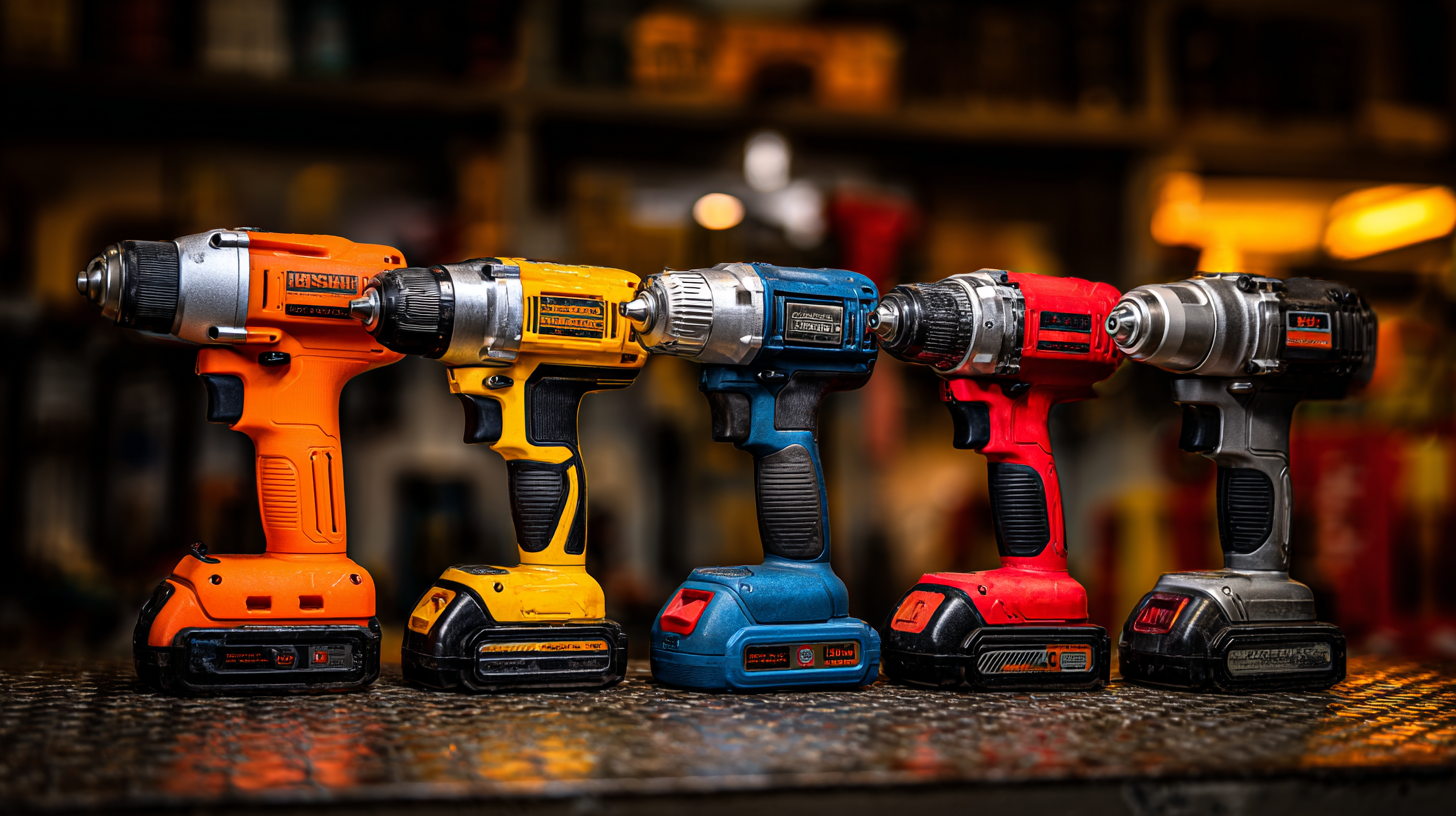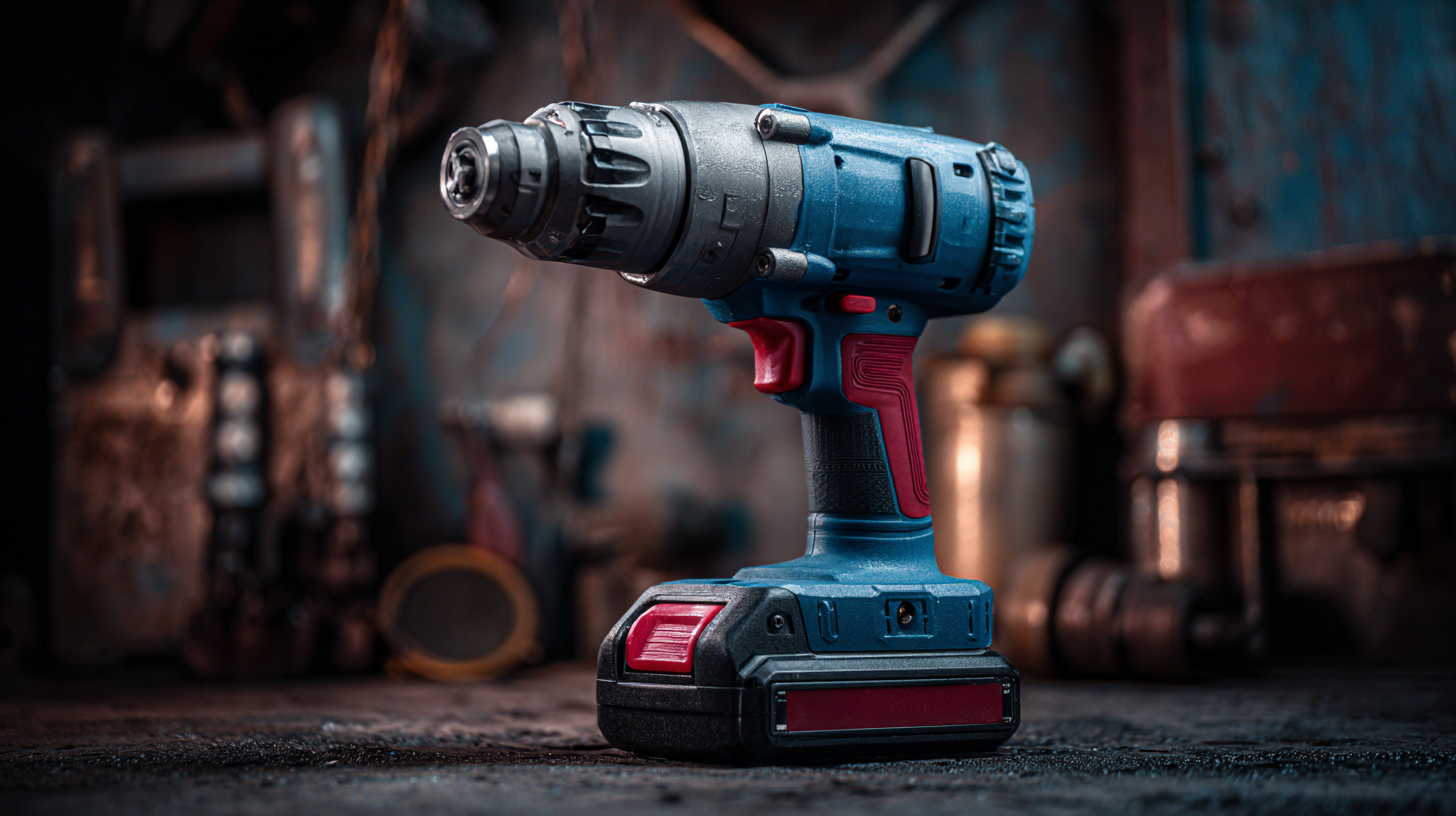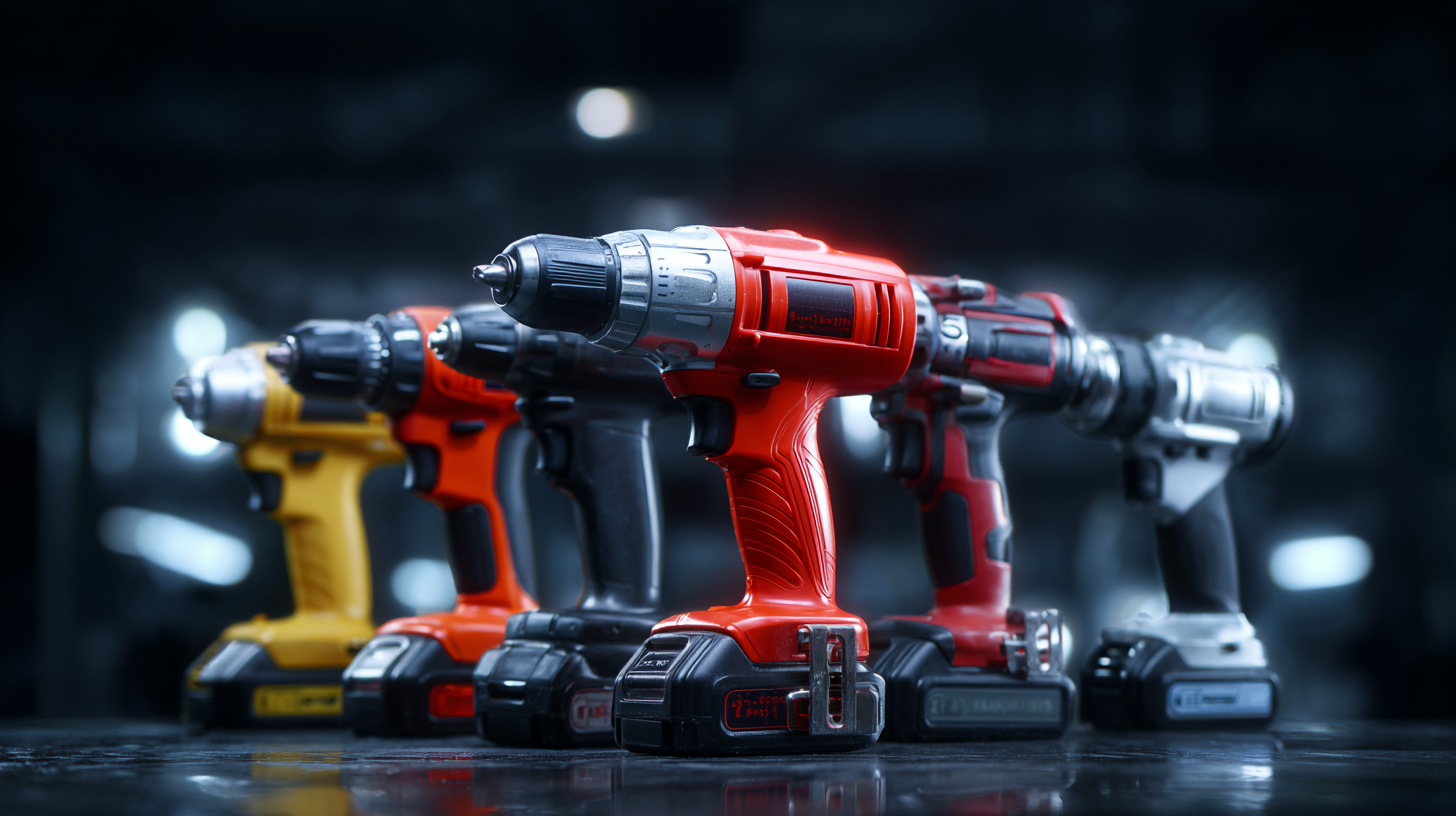
Ultimate Guide to Choosing the Best Impact Wrench for Your Business Needs
When it comes to enhancing efficiency and productivity in your business, selecting the right tool is crucial, and the impact wrench stands out as an essential power tool for various professional applications. Known for its ability to efficiently loosen and tighten bolts and nuts, an impact wrench can significantly reduce manual effort and time, making it a valuable asset in automotive, construction, and industrial settings. However, with countless options available in the market, particularly from top manufacturing facilities in China, choosing the best impact wrench tailored to your business needs can be a daunting task. This ultimate guide aims to provide you with vital insights and practical tips to navigate the selection process, ensuring that you make an informed decision that balances performance, durability, and cost-effectiveness. Get ready to discover how the right impact wrench can transform your workflow and drive success in your operations.

Understanding the Different Types of Impact Wrenches for Various Applications
When selecting the best impact wrench for your business needs, understanding the different types available can significantly influence your decision. According to a report by Grand View Research, the global impact wrench market size was valued at approximately USD 1.25 billion in 2020 and is projected to expand at a compound annual growth rate (CAGR) of 5.5% from 2021 to 2028. Each type of impact wrench has distinct advantages suited for various applications—electric, pneumatic, or hydraulic.
Electric impact wrenches, for example, are lightweight and easy to handle, making them ideal for tasks in confined spaces. They are particularly favored in automotive repair shops, where precision and convenience are paramount. On the other hand, pneumatic impact wrenches are often preferred in heavy-duty environments, such as manufacturing plants, due to their high power-to-weight ratio and efficiency. A study by Allied Market Research indicates that pneumatic tools are forecasted to dominate the market, attributed to their widespread usage in industrial applications that require robustness and durability. For businesses focused on high torque applications, hydraulic impact wrenches provide unparalleled performance without bulk, making them optimal for construction settings. Understanding these nuances will help businesses invest in the right tools that cater specifically to their operational demands.
Key Features to Consider When Selecting an Impact Wrench for Your Business
When selecting an impact wrench for your business, several key features must be carefully evaluated to ensure you choose the right tool for your specific applications. First and foremost, consider the power source—cordless or corded. A report by Grand View Research noted that the global power tools market is projected to reach $40.5 billion by 2027, highlighting the increasing reliance on cordless models for their portability and convenience. For businesses frequently working in tight spaces or remote locations, a high-capacity lithium-ion battery can significantly enhance productivity.
Torque performance is another critical characteristic. According to a recent study by MarketWatch, tools delivering over 1,000 foot-pounds of torque are commonly preferred in automotive and construction sectors for their efficiency in critical tasks. This level of torque reduces the time spent on fastening operations, ultimately speeding up workflows and increasing output. Additionally, be mindful of the weight and ergonomic design of the impact wrench. Tools that are too heavy can lead to fatigue, which may hinder performance and safety, thus impacting overall business efficiency. Focusing on these essential features will help ensure that your investment meets your operational demands and improves productivity.

Battery vs. Corded Impact Wrenches: Which is Right for Your Needs?
When it comes to choosing the right impact wrench for your business, understanding the differences between battery and corded models is crucial. Battery-powered impact wrenches offer unparalleled portability and convenience. They are ideal for jobs requiring mobility, such as in automotive repair or construction sites where access to electrical outlets may be limited. Modern battery technology has significantly improved, with many models boasting extended run times and fast charging capabilities, making them a reliable choice for professionals on the go.
On the other hand, corded impact wrenches deliver consistent power without the worry of battery drain. This makes them perfect for heavy-duty applications where sustained torque is essential, such as in a workshop environment. Since they connect directly to power sources, corded wrenches tend to be lighter and more compact. However, the mobility restraint can be a downside in larger work areas. Ultimately, your choice will depend on the specific demands of your tasks and the trade-offs you're willing to make between mobility and power.
Assessing Torque Power and Performance: What You Need to Know
When assessing torque power and performance for selecting the best impact wrench for your business needs, there are several key factors to consider. Torque, measured in foot-pounds (ft-lbs), is crucial as it determines the tool's ability to loosen or tighten fasteners effectively. Higher torque ratings are essential for heavy-duty applications, while lower ratings may suffice for lighter tasks. Always match the torque specifications to the specific tasks you'll be performing to ensure optimal performance.

Tips: It’s advisable to look for impact wrenches with adjustable torque settings. This feature allows you to modify the power according to the task at hand, enhancing versatility while minimizing the risk of damaging fasteners or materials. Additionally, consider the RPM (Revolutions Per Minute) and BPM (Blows Per Minute) ratings, as higher values translate into quicker fastening and better productivity.
Another important consideration is the type of impact wrench: cordless or corded. Cordless models offer excellent portability, making them suitable for job sites where access to power may be limited. However, corded wrenches typically provide sustained power and torque, which is beneficial for prolonged use in a fixed workspace. Choose based on your working environment and frequency of use to maximize efficiency.
Budgeting for an Impact Wrench: Finding the Best Value for Your Investment
When budgeting for an impact wrench, it's crucial to assess the total cost of ownership beyond just the initial purchase price. According to a report by MarketsandMarkets, the global impact wrench market is projected to reach $1.7 billion by 2025, indicating its growing importance in various industries. Thus, finding the best value for your investment involves considering factors such as durability, performance, and warranty options that can lead to both immediate and long-term savings.
Moreover, industry studies suggest that a high-quality impact wrench can last up to 15 years with regular maintenance, while cheaper models may require replacement every few years. This significant difference in lifespan highlights the importance of investing in a reputable brand known for reliability. Additionally, according to a survey by IndustryWeek, nearly 62% of companies reported that they prefer investing in tools that come with robust customer support and extensive warranties. By hashing out these considerations early on, you can ensure that your choice aligns with your business needs and ultimately contributes to your bottom line.
Ultimate Guide to Choosing the Best Impact Wrench for Your Business Needs - Budgeting for an Impact Wrench: Finding the Best Value for Your Investment
| Type | Torque (ft-lbs) | Power Source | Weight (lbs) | Price Range ($) |
|---|---|---|---|---|
| Electric | 500 | Corded | 8 | 150 - 250 |
| Pneumatic | 600 | Air | 7 | 200 - 350 |
| Cordless | 450 | Battery | 5 | 100 - 300 |
| High Torque | 1000 | Electric | 10 | 400 - 600 |
